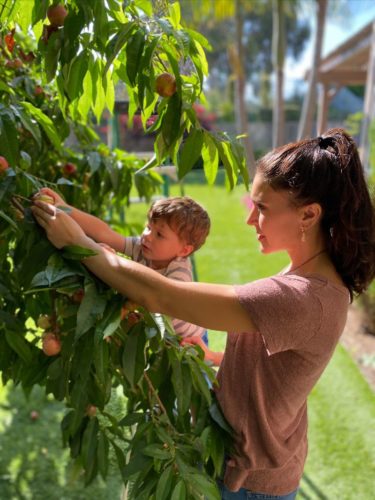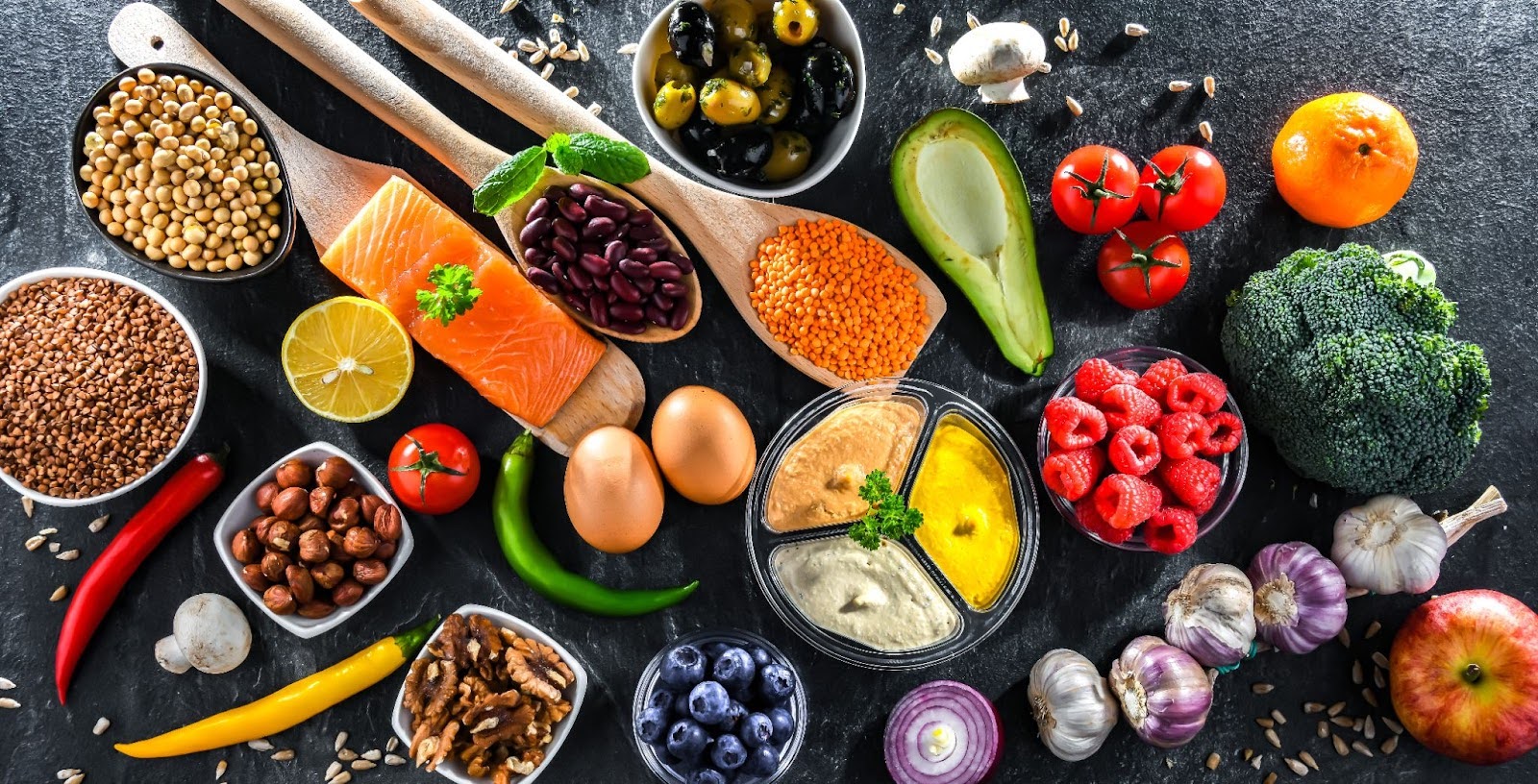A typical conversation my 3 year old son and I have around meal time is this: Oliver “I don’t like that.” Me “Have you tried it? How do you know?”
This is very common with toddlers of course. But it’s also immensely common with adults. Since this month is Mental Health Month, I thought I would discuss a way to open up the mind.
What we tell ourselves matters. When we make food decisions based on old perceptions or habits or fear or whatever… you may be losing out on major nutrient opportunities and enjoyment of an increasingly varied diet and really nourishing food. It’s a worthy endeavor to try to challenge those thoughts that leave us limited and habitual. This is a step in how to have a healthy relationship with food, especially when you lean towards food aversion with nutrient rich foods (ehem… fruits and vegetables). As a side bonus if you’re not convinced, when we choose different routes and brain patterns and behaviors, we nourish and protect our degenerating brain. That’s a pretty big deal to me. Is it to you?

Major determinants of food choice
The key driver for eating is of course hunger, but what we choose to eat is not determined solely by physiological or nutritional needs. Some of the other factors that influence food choice include:
- Biological determinants such as hunger, appetite, and taste
- Economic determinants such as cost, income, availability
- Physical determinants such as access, education, skills (e.g. cooking), and time
- Social determinants such as culture, family, peers, and meal patterns
- Psychological determinants such as mood, stress, and guilt
- Attitudes, beliefs, and knowledge about food
Let’s talk about the last bullet mentioned: attitudes and beliefs.
“Between stimulus and response there is a space. In that space is our power to choose our response. In our response lies our growth and our freedom.” – Viktor Frankl (Viktor Frankl was a Jewish psychiatrist who spent three years during World War II living under unspeakable circumstances in several of the most notorious Nazi concentration camps). It’s important we intentionally think and not let habitual beliefs run rampant in our brain. Let’s deconstruct some common perceptions, shall we?
- “Ew I hate raw vegetables; I was forced to eat them growing up.” When you decide to not like certain foods based on historical experiences or even perceptions of how that food tastes, you are narrowing opportunities for more varied, nutrient-dense foods. Have you tried it recently? Which raw veggies? ALL of them? Why discriminate on such a broad food preparation based on childhood moments?
- “I don’t eat squishy foods, they make me gag.” – when you believe you know how food will taste and feel in your body before you try it or without repeated exposures; there must be evidence – which is reality versus thoughts/beliefs. When was the last time you tried this kind of food? Have you tried others? How is this time different? Could it be?
- “I can’t eat that, it looks weird.” – when you decide to not try a food because of its presentation versus its other qualities. What if it tastes amazing? What if it’s super nutrient-dense and you’re missing out on some functional fuel?
- “It has the healthy icon next to the menu item – it will taste bland and I’ll still be hungry.” This is when you label food based on its marketing. What if this meal tastes flavorful and is satisfying? You will miss out if you don’t try.
- “Vegan burger? No way, I’m a meat eater I need the protein and I won’t be full.” – when you make uneducated decisions based on old patterns of thinking. Did you find the analytics with the protein grams? Have you tried the vegan burger? Have you thought about the benefits of plant-based foods, which may be more important than your thoughts surrounding what excess protein might do for you? Have you asked a nutrition expert (i.e. a Registered Dietitian)? What if that heavy gut feeling is not necessary to feel fueled?
These are just some of the common beliefs I have run across throughout the years of counseling. What are yours?
Mindfulness is a way out.

Let me offer some mindful eating exercises on how to enter the present moment and discard ancient brain pathways of food perceptions:
- We have 7 senses: taste, touch, hearing, sight, smell, proprioception, and vestibular systems. Using more than 1 sense with your food can bring you to the present moment and away from those nagging habitual thoughts. When you’re cooking, serving, and eating your food, be attentive to color, texture, aroma, and even the sounds different foods make as you prepare them. As you chew your food, try identifying all the ingredients, especially seasonings. Describe. Listen to the sounds of the food in your mouth. Smell the aroma. What texture and temperature do you sense? Try one or all of these!
- Consider the wider spectrum of the meal: where the food came from, how it was prepared, and who prepared it.
- Notice internal and external cues that affect how much we eat (i.e. hunger and fullness).
- Acknowledge how the body feels after eating the meal.
- Express gratitude for the meal.
- May use deep breathing or meditation before or after the meal.
- Reflect on how our food choices affect our local and global environment.
Let me know how this experiment goes. You are worth the exploration.
Miriam Jirari MPH, RD, CPT, Intuitive Eating Counselor
Studio SWEAT Dietitian

Resources:
https://www.eufic.org/en/healthy-living/article/the-determinants-of-food-choice
https://www.foodsforbetterhealth.com/5-ways-to-look-at-your-healthy-foods-7987
https://indusdictum.com/2017/10/26/psychology-of-food-perception/
https://www.cnn.com/2012/04/11/health/enayati-power-perceptions-imagination/index.html
http://www.7senses.org.au/wp-content/uploads/2013/09/7-Senses-Street-Day-What-are-the-7-Senses_.pdf










Comments - 2